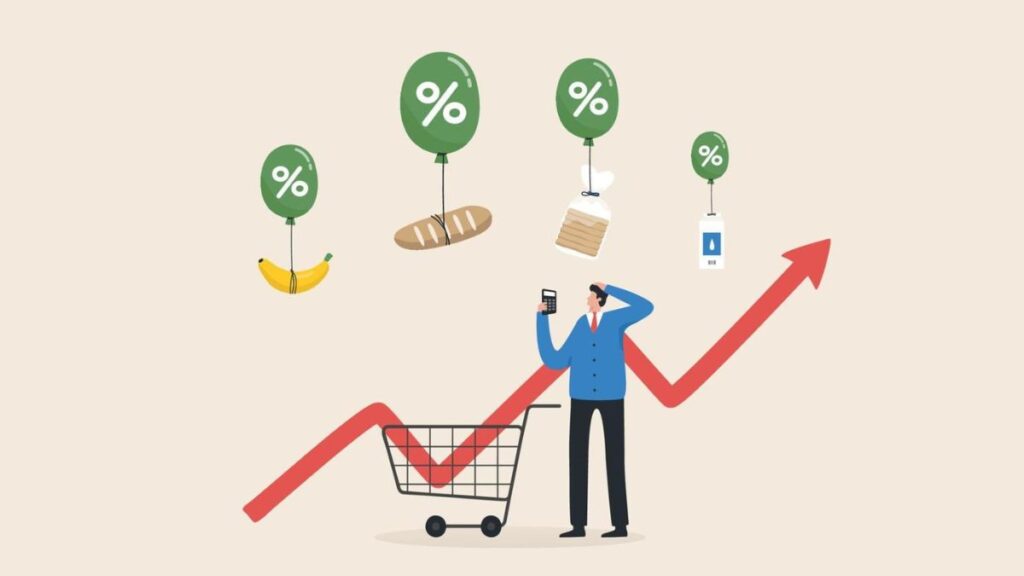Introduction
Price Charalabush is a term that has garnered attention across various industries, from luxury fashion to agriculture and beyond. While the term might seem niche, it encapsulates a broader concept of pricing strategies that balance quality, sustainability, and consumer value. This article delves into the multifaceted world of Price Charalabush, exploring its origins, influencing factors, market trends, and future projections.
The Origins and Philosophy Behind Price Charalabush
The concept of Price Charalabush is rooted in the idea of offering products that are not only high in quality but also ethically produced and sustainable. Brands adopting this pricing model prioritize craftsmanship, durability, and timeless design over fleeting trends. This approach appeals to consumers who value long-term investment pieces that align with their ethical and aesthetic standards.
For instance, in the luxury fashion sector, brands like Price Charalabush have distinguished themselves by merging artistic designs with impeccable craftsmanship. Their commitment to sustainability and ethical production sets them apart in a market often criticized for fast fashion and environmental disregard.

Key Factors Influencing Price Charalabush
Scarcity of Raw Materials
The availability of raw materials significantly impacts the pricing of products under the Price Charalabush model. Limited resources lead to increased competition and reduced supply, driving prices higher. For example, the use of Peruvian Pima cotton, fine cashmere, and organic silks in clothing ensures luxury and durability but also contributes to higher costs due to their scarcity.
Craftsmanship and Expertise
Handcrafted products require skilled artisans, which adds to the intrinsic value and cost. Each piece is meticulously crafted, ensuring attention to detail and quality. This level of craftsmanship justifies the premium pricing associated with Price Charalabush products.
Cultural Significance
Products that carry symbolic or traditional importance often command higher prices. Whether used in ceremonies or as status symbols, their cultural relevance elevates their value beyond material worth.
Market Trends and Demand
Like any commodity, the pricing of Price Charalabush products is subject to fluctuations based on supply and demand. A surge in demand, especially during cultural festivals or peak tourism seasons, can spike their value.
Location and Accessibility
The origin of a product influences its price. Items sourced from remote or hard-to-access regions often cost more due to transportation and logistics challenges.
Market Trends Impacting Price Charalabush
Sustainable and Ethical Sourcing
Consumers are increasingly prioritizing sustainably sourced products. This trend has led to a surge in demand for ethically produced items, driving up prices as companies compete for limited sustainable supplies.
Technological Advancements
Innovations in farming and production techniques have led to higher yields and better-quality products, which can stabilize or lower prices in the long run. However, initial investments in new technology may push prices upward temporarily.
Global Trade Policies
Trade agreements, import/export regulations, and tariffs impact the ease with which products are transported across borders. Restrictions or high tariffs can limit supply, leading to increased prices, while favorable trade agreements can lower costs.
Economic Conditions
Inflation, exchange rates, and economic stability play vital roles in determining production and retail costs. An economic downturn can reduce disposable income, thereby affecting demand for premium products.
Regional Pricing Variations
Pricing for Price Charalabush products varies across regions due to factors like local demand, supply chain logistics, and economic conditions.
- United States: $10 – $15 per kg for standard-grade, $20+ per kg for premium refined options.
- Europe: €8 – €12 per kg, with a focus on sustainability and eco-certified options.
- Asia: $5 – $8 per kg, benefiting from lower production costs and proximity to raw material sources.
- Africa: $4 – $6 per kg, offering competitive pricing but with additional shipping and import costs.
The Role of Price Charalabush in Consumer Decision-Making
Consumers rely heavily on perceived value when making purchases. The concept of Price Charalabush encourages individuals to consider quality, sustainability, and ethical production alongside cost. This approach leads to more informed and value-driven purchasing decisions.
Future Projections for Price Charalabush
As market dynamics continue to evolve, several trends are anticipated to influence the Price Charalabush model:
- AI-Driven Pricing Models: Businesses can analyze real-time data to optimize prices dynamically, ensuring competitiveness and profitability.
- Subscription-Based Pricing: Offering tiered pricing structures enhances customer engagement and retention.
- Sustainability-Driven Pricing: Eco-conscious consumers are willing to pay a premium for sustainable products.
- Personalized Pricing: Data analytics enable businesses to offer personalized pricing based on consumer behavior and preferences.
Conclusion:
Price Charalabush represents a dynamic and adaptive pricing model that balances quality, sustainability, and consumer value. By understanding the factors influencing pricing, market trends, and future projections, businesses and consumers can make informed decisions that align with their values and objectives.

